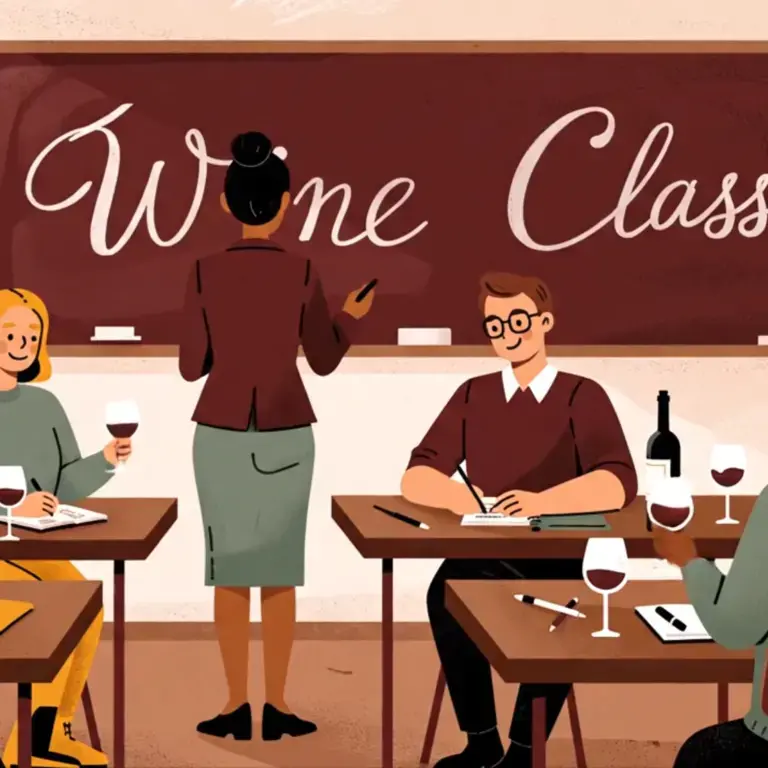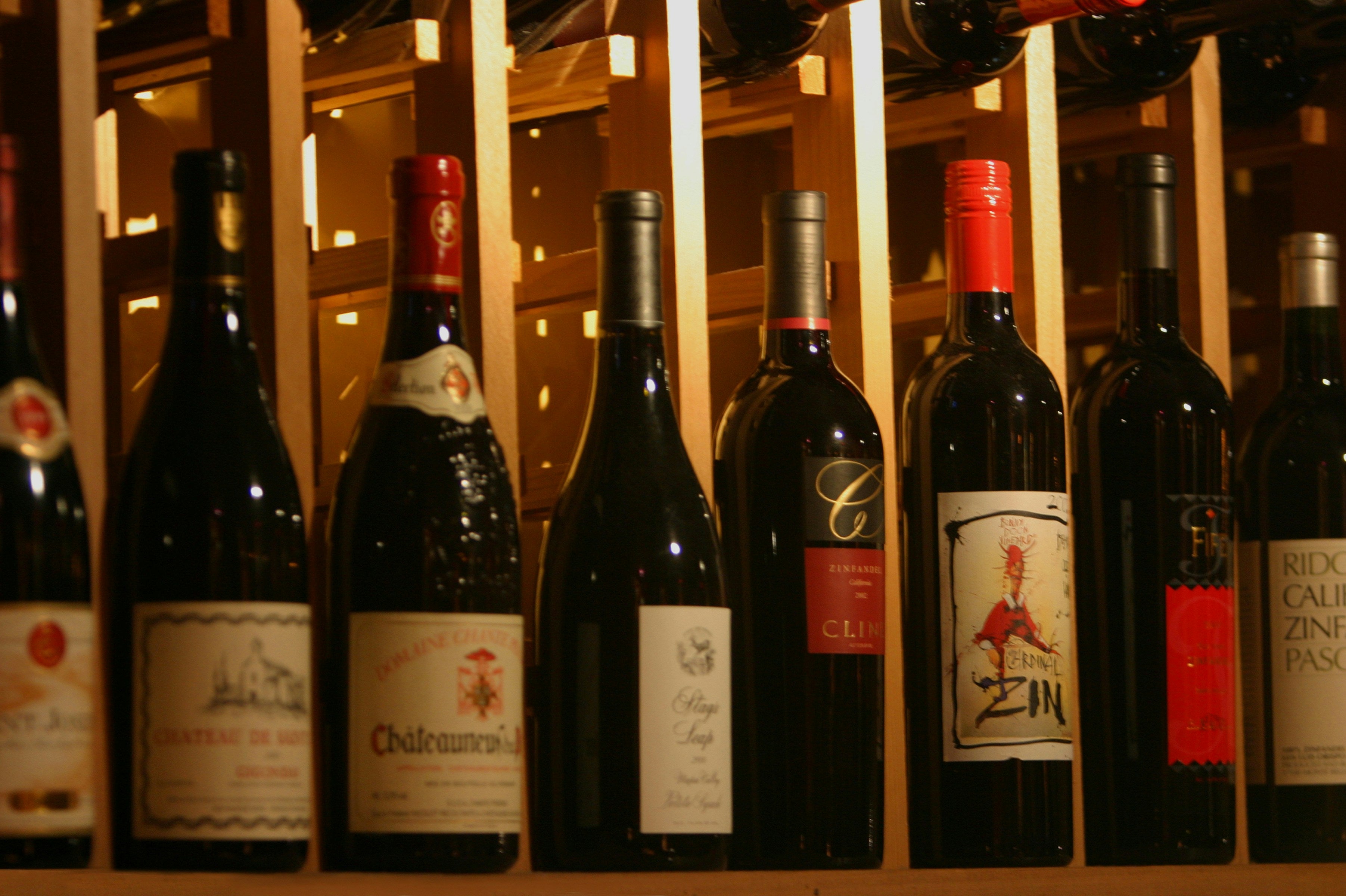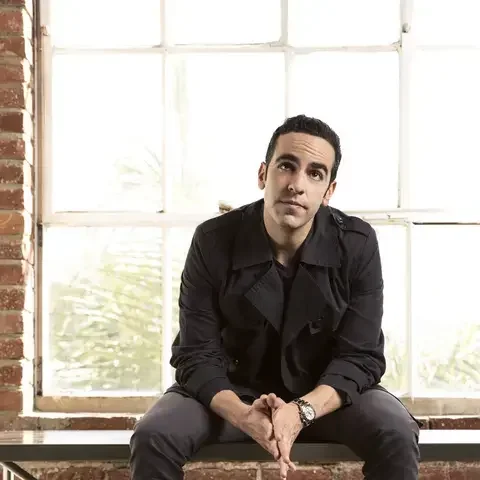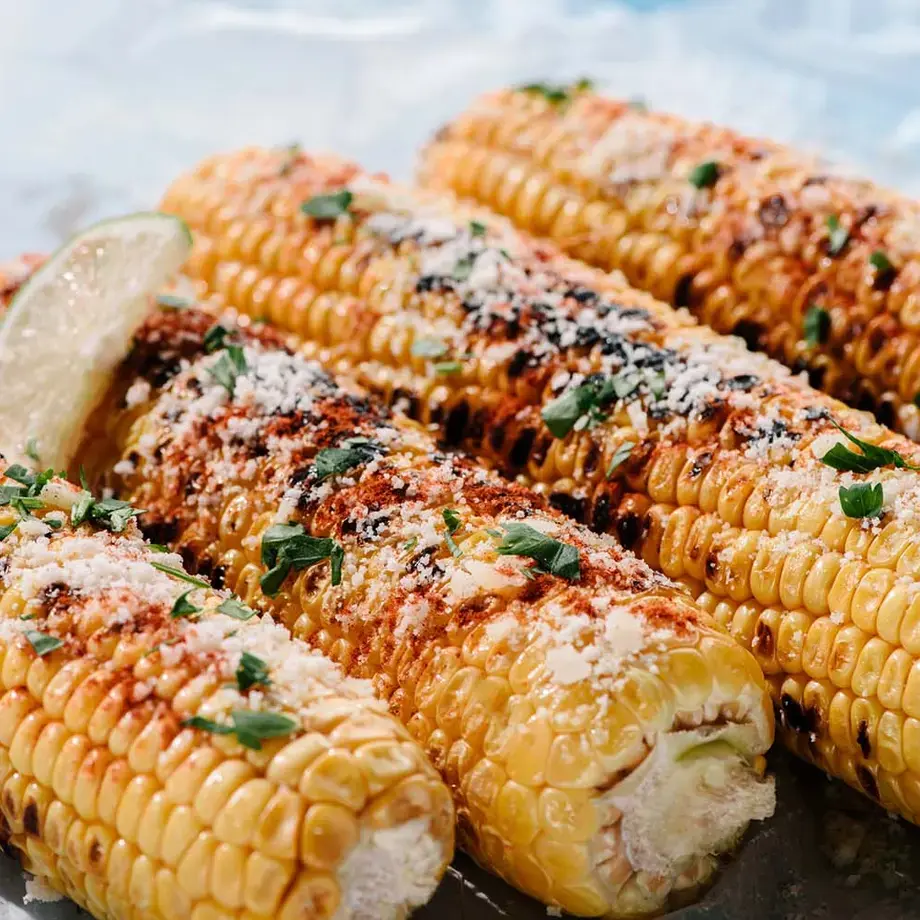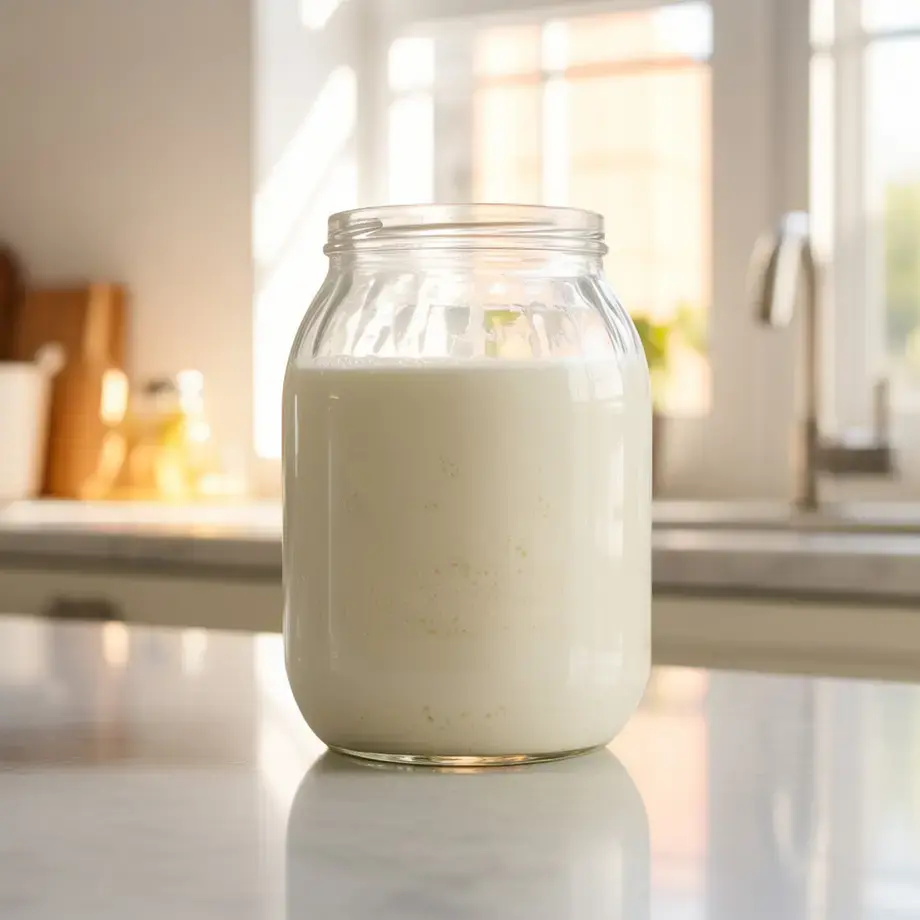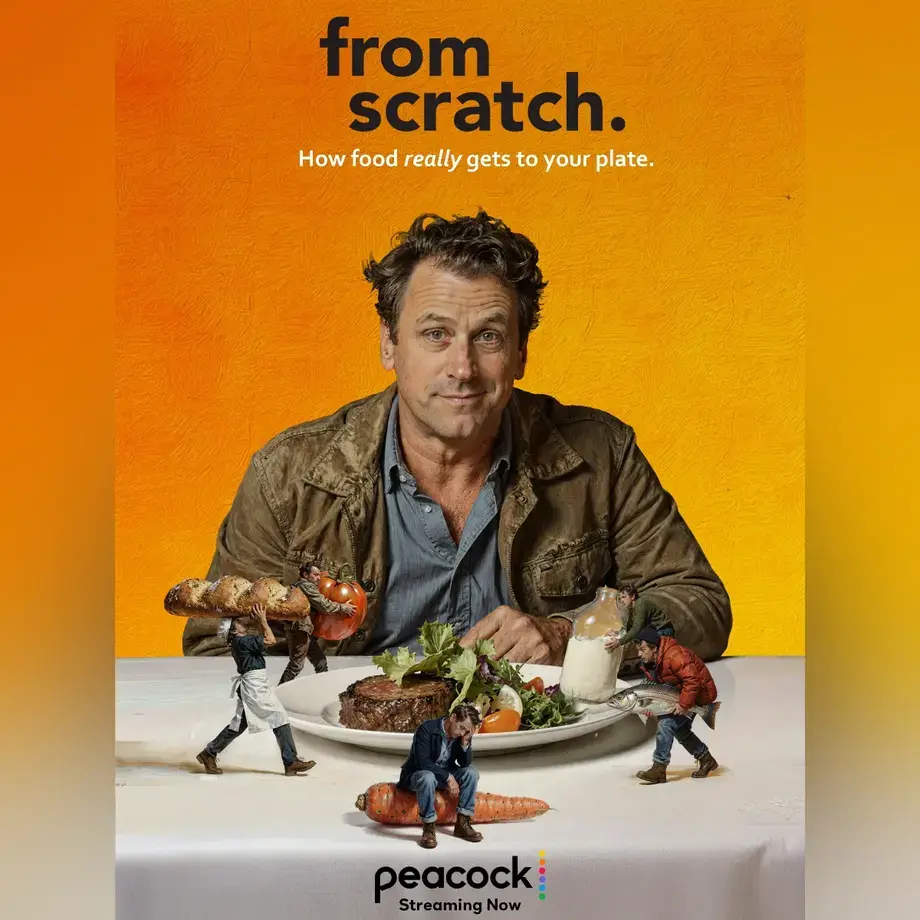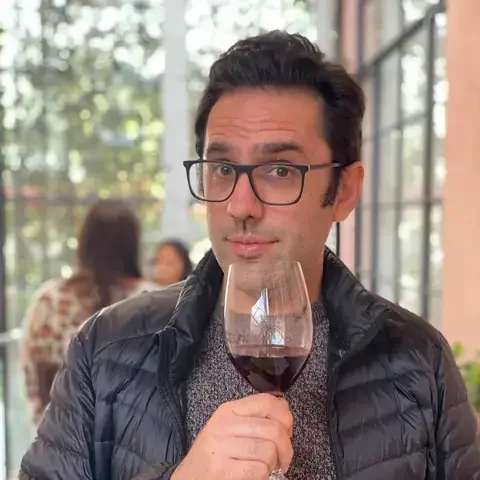Around the World in 45 Wines
We toured the globe through our glasses—one swirl, sniff, and sip at a time.
We strolled through the hills of Champagne, where chalky soils give the wine its elegance and the bubbles feel like whispers of royalty.
We roamed the châteaux of Burgundy, home to Pinot Noir so delicate and earthy it tastes like it was raised in a velvet underground cave.
We soaked in the salty breeze of Marlborough, New Zealand, where Sauvignon Blanc practically leaps out of the glass with passionfruit, lime, and a slap of fresh-cut grass.
We scaled the wind-whipped mountains of Patagonia, sampling Malbecs that feel like campfires in the snow—bold, wild, untamed.
We basked in the golden light of Napa Valley, where ripe Cabernet struts its stuff like a beauty pageant winner in oak-scented evening wear.
We cruised through the coastal hills of Santa Barbara County, where cool-climate Syrah and Chardonnay offer a balance of sun and sea, silk and steel.
It wasn’t just tasting. It was teleportation.
And here’s the kicker: the more I traveled through wine, the less I cared about impressing anyone with it.
Monica didn’t just teach wine. She staged an elegant heist on your ego and left a glass in its place.
She taught us to look—not just at the wine, but through it. To see soil, story, and the hands that made it.
It was wine school, technically. Spiritually? It was charm school for former assholes.
Pairing Like a Pro
Monica also taught us how to actually pair wine with food—without sounding like a guy who brings laminated menus to dinner parties.
Here’s her cheat sheet, the one still floating around in my head every time I reach for a corkscrew:
- High-acid food needs high-acid wine. Tomato sauce? Vinegar? Lemon? Go Chianti, Sauvignon Blanc, or anything Sicilian with a grudge.
- Spicy food hates alcohol and tannins. Choose low-alcohol wines with a hint of sweetness—like Riesling or Gewürztraminer. Or better yet, have a beer.
- Bold food, bold wine. Steak? Call in the big reds—Cabernet, Bordeaux, Malbec. Go full drama.
- Subtle food, subtle wine. Delicate dishes call for elegant wines like Pinot Noir or Old World Chardonnay.
- Sweet food needs sweeter wine. Stop drinking Champagne with wedding cake. It makes the cake taste sour. (“It drives me crazy,” Monica said. “Everyone does it. I will never understand.”)
Go with Sauternes or Tokaji instead—wines that know how to dance with dessert.
It was like decoding a language I’d been pretending to speak.
Not rules, exactly—more like invitations. To match mood with mouthfeel. Acid with acid. Spice with sweetness. Ego with humility.
Rioja, Tapas, and a Birthday Gift
I was especially excited for Rioja day—not just because we were covering Spanish wine with a Spaniard, but because it was my birthday.
The wine of the day was Crianza, a medium-aged Rioja that, frankly, felt appropriate for a man in his medium-aged years. Monica walked us through Rioja’s four tiers like she was reciting family members:
Joven, Crianza, Reserva, Gran Reserva. Each aged longer. Each treated with more reverence.
In a fit of birthday generosity, I offered to treat the class to a bottle of Gran Reserva. Monica lit up. We ran down to the Wine House floor, picked out a beauty, and brought it back upstairs.
“We have a treat!” she beamed. “We’ll taste Gran Reserva next to Crianza, thanks to Dan’s birthday.”
Everyone in class raised a glass to me. A birthday drink at 10 a.m.—like college, but way more bougie.
She inhaled the Crianza. Smiled. “There’s a street in Rioja called Calle Laurel,” she began. “It’s lined with tapas bars. On hot days, students go from bar to bar—one Euro gets you a tapa and a glass of Crianza. By the end of the street, they’ve had ten tapas, ten little glasses of wine, and they are drunk, full, and happy for ten Euros. Fantastic, no?”
Yes. With that story, how could it not be?
Then she moved on to the Gran Reserva. One sniff. A pause.
“This,” she said, “this is serious.”
She told us about the estates, the aging, the history. And she did it with the same care and joy as she had for the humble Crianza. That’s the part that stuck with me. Both wines got equal respect. No ego. No posturing. Just pleasure.
Happy birthday to me.
The Real Lesson
Tasting the world with Monica was unforgettable. And I’m not the only one who thinks so—she was named WSET’s Wine Educator of the Year in 2019. Even if you don’t live in L.A., her class is worth the flight and hotel.
I came into the program to become more pretentious about wine—to twirl better, sip smarter, flex harder.
But what I got was the opposite.
Monica had a gift. Not just for teaching, but for surgically removing the part of your brain that wants to show off. She taught us to find something beautiful in every wine. They all have a purpose. They all tell a story.
After class one day, I brought up that infamous study—any amount of alcohol is bad for you—and how more people are switching to non-alcoholic options. Monica took a breath and said:
“When I go to the doctor, they ask what I eat, how much I exercise… but they never ask how happy I am. Wine makes me happy. Sharing wine with friends—that’s so much more than just what it does to my body.”
Cheers to that!
The class ended. I passed the WSET 2 exam.
I can now identify 45 wines—and at least 5 types of pretension.
But the biggest lesson?
That wine isn’t about showing off. It’s about showing up—curious, open, ready to pour.
And yes—Pinot Grigio? Criminally underrated.
